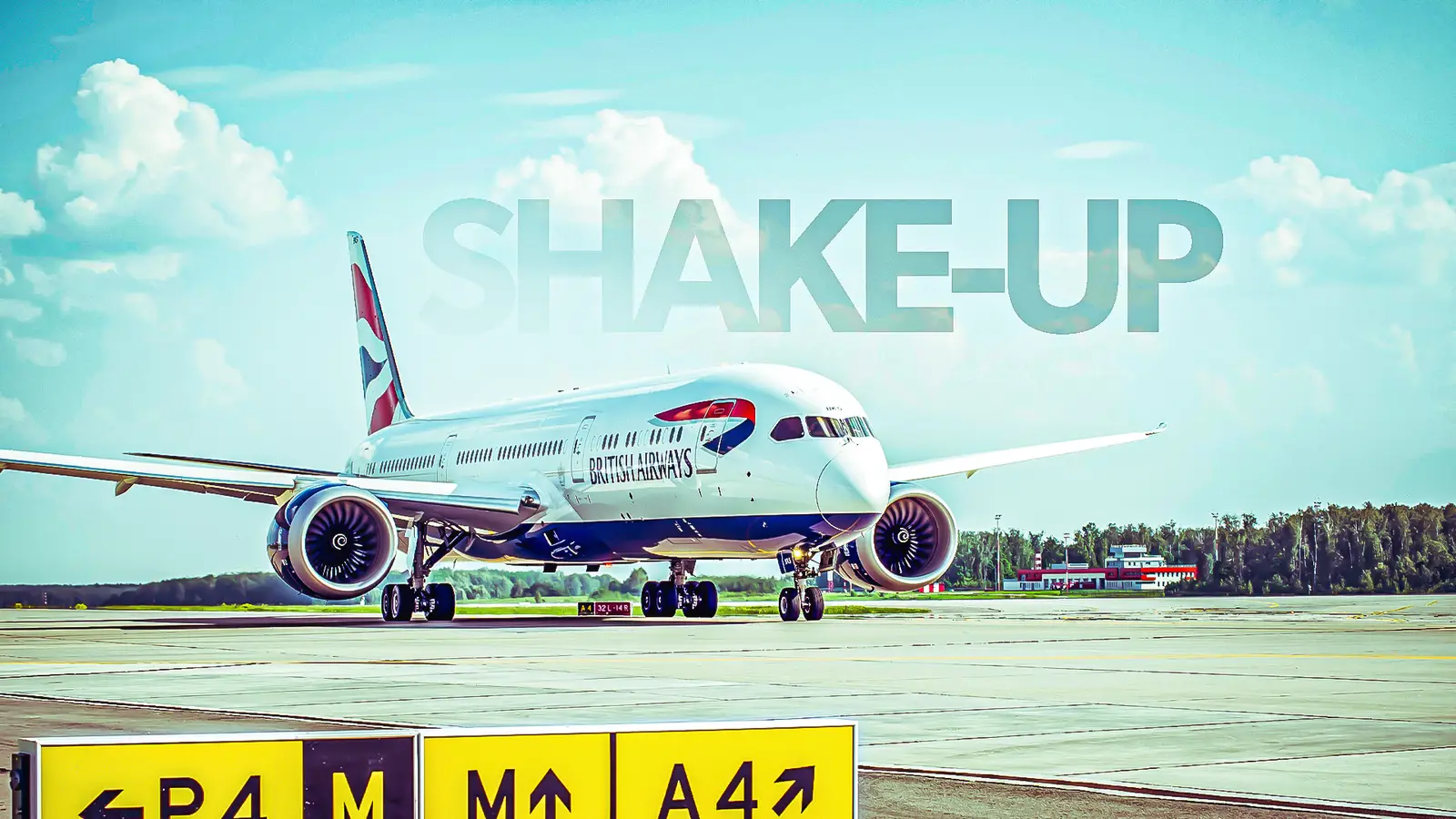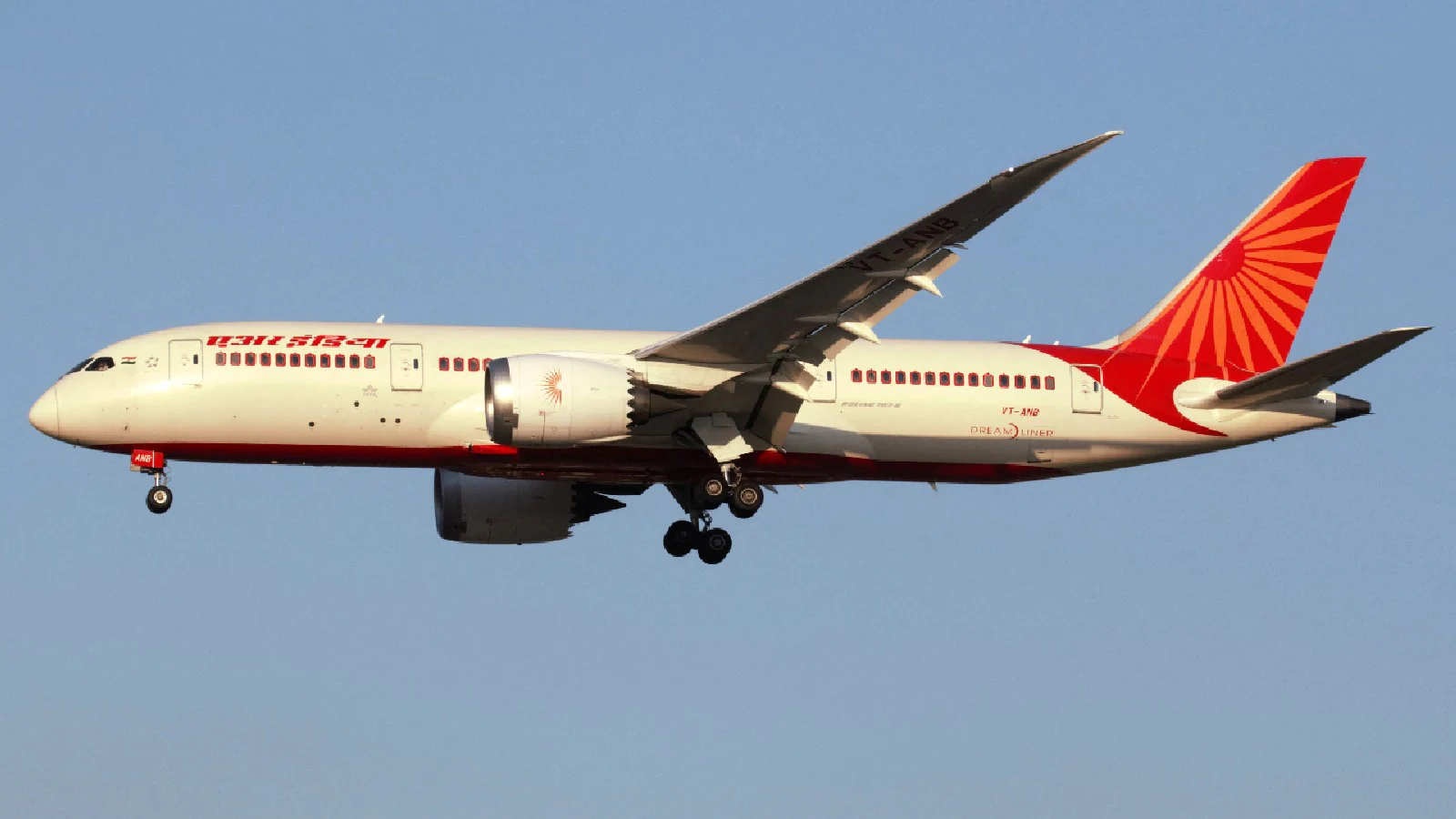Copyright Simple Flying

British Airways is now in the process of quietly re-wiring its transatlantic network in advance of the Summer 2026 travel season, and these changes are more than a simple jump in flight frequency. In London, scarce slots at Heathrow Airport (LHR) are being pointed at thick premium markets where schedule breadth wins the overall share of corporate travelers. London Gatwick Airport (LGW) is being refocused on leisure traffic, with some high-profile US retreats also sprinkled into the overall mix. Headline moves made by the carrier include doubling flights from London Heathrow to Miami International Airport (MIA), flights to Dallas/Fort Worth International Airport (DFW) returning to regular daily frequency, Las Vegas International Airport (LAS) flights rising to 13 per week and services to San Diego International Airport (SAN) and Austin Bergstrom International Airport (AUS) set to jump up to twice-daily services. At the same time, the airline is going to continue concentrating capacity on routes from New York's John F. Kennedy International Airport (JFK) to London, with nine daily services on this corridor. At the same time, the airline is going to be discontinuing its seasonal link from Gatwick (LGW) to John F. Kennedy International, a clear signal that premium yields and connectivity will ultimately trump the airline's brand presence at both major London airports. These choices sit atop a durable transatlantic joint venture with American Airlines, which recently cleared UK regulatory approvals to allow for the pair to maintain all slot commitments. At the same time, this partnership allows British Airways to lean heavily into its transatlantic services from Miami and Dallas. We analyze this latest batch of network adjustments and analyze what they all mean for the airline itself. Brief Overview Of British Airways' Long-Haul Network Strategy The British Airways long-haul strategy centers around the airline's role as a two-hub player, one that also has the ability to generate revenue across premium business and cost-conscious leisure travelers. London Heathrow Airport is the airline's premium home, and it serves as the carrier's overall connectivity engine, with Gatwick serving as the leisure valve that allows the airline to add more capacity on those kinds of markets. When it comes to the US market, the airline primarily concentrates capacity on routes where frequency is the key driver of high-yielding corporate demand. This is a similar market strategy to that which is used by American Airlines, its principal partner in the North Atlantic. Metal-neutral revenue sharing helps the airline work alongside American and build out a dynamic network, and it is one of the principal reasons why one will now see nine daily flights from London Heathrow to John F. Kennedy International. A daily flight from Heathrow to Dallas also aligns with this vision. The airline also doubles down on services to destinations that are not American Airlines hubs, adding links to San Diego International Airport (SAN) and Austin Bergstrom International Airport (AUS). These are the kinds of fast-growing tech markets where the value of a nonstop connection to London can push corporate contracts in British Airways' direction, all while the carrier steps back from its lower-yield exposure in some markets and pushes leisure-oriented traffic towards Gatwick Airport. For some high-yield routes, however, London Heathrow is still the correct airport choice for the carrier even in situations where leisure travel can dominate. This is evidenced by the airline's impressive operations between Heathrow and Las Vegas, with thirteen flights per week on this specific route. Selective codeshares in the United States, including the airline's partnership with JetBlue, help broaden domestic reach in Boston and New York City, further building out the airline's overall presence. What Aircraft Does British Airways Use To Serve Routes In The United States? The British Airways global network leans on five different types of widebody aircraft, including the Airbus A350-1000, the Airbus A380-800, the Boeing 777-200ER, the Boeing 777-300ER, and the Boeing 787's three variants. The Airbus A350-1000 and the Boeing 787-10 are the cost-efficient workhorses of the airline's transatlantic fleet, and they operate in large numbers, all part of IAG's recent wave of long-haul orders, including 32 additional Boeing 787-10 units for British Airways, lowering overall unit costs and improving the modern cabin experience. The Club Suite, a business-class seat that comes standard with private doors, is now standard on all Airbus A350-1000s and Boeing 787-10 models, as well as the vast majority of Boeing 777s. The airline is also in the process of retrofitting Boeing 787-8 and Boeing 787-9 cabins, with retrofits to Airbus A380 airframes set to begin soon. The airline continues to deploy the Airbus A380 with surgical precision on high-demand routes to cities like Los Angeles and Miami, with periodic shifts based on seasonal demand. The Boeing 777-300ER and the Boeing 777-200ER serve as the anchors for the airline's network of trunk routes, as they help balance premium seat counts with belly cargo. The Boeing 787-8 and the Boeing 787-9 provide range with right-sizing for operations during shoulder seasons. This overall fleet mix allows British Airways to pivot between premium density and gauge-driven unit cost reductions while standardizing the airline's overall long-haul product. So What Is Actually Set To Change Next Summer? In the summer of 2026, the British Airways overall blueprint includes flights from London Heathrow to Miami twice per day as a major capacity upgauge, and flights to destinations like San Diego, Austin, and Las Vegas are all penciled in to see more seats, according to data provided by the airline. At the same time, British Airways consolidates flights from New York to Heathrow, and it looks to capture a larger share of the high-yielding corporate market than ever before. In terms of leisure travel, British Airways is going to be canceling its services from London Gatwick to Las Vegas, instead choosing to upgauge from Heathrow, where premium demand is best monetized. Outside the United States, there are still some major shifts to the airline's route network that should be discussed. For starters, a year-round route from London Gatwick to Bangkok (BKK) will be launched, with up to six weekly services and an extra flight once per week to Kingston (KIN), illustrating parallel leisure travel capabilities from Gatwick. Passengers can expect tactical Airbus A380 reallocations, including reduced use from Washington Dulles (IAD) and periodic returns to Dallas/Fort Worth (DFW) as the airline's demands continue to dictate its schedule. In total, the common thread is that the carrier is tilting towards higher-yield markets. What Does This Shift Offer British Airways Strategically? From a strategic perspective, British Airways will choose depth over breadth in the United States, densifying core corporate markets from London Heathrow to win share on banked schedules and high-yield cabins, rather than spreading out thinly across the two airports. There are nine daily routes from London Heathrow to John F. Kennedy International, including a pair of daily routes from Miami and a daily service from Dallas that maximize overall connectivity with American Airlines, improving onward options to cities in Latin America and the interior of the United States. The removal of the London Gatwick link to JFK also removes the risk of some brand cannibalization and lowers overall crowding at Gatwick. A fatter schedule out of Heathrow helps improve the airline's penetration of corporate markets, something which offers exceptional value for travelers. UK regulators' decision to keep the joint venture between American Airlines and British Airways intact has incentivized these moves, as they allow both airlines to benefit from capturing higher-yield corporate travelers. This further helps the airline build out its multiyear capacity growth plan as it has regulatory certainty. What Are The Financial Factors Motivating This Decision? From a financial perspective, this is a store about revenues and costs. Higher-capacity twin-engine aircraft help British Airways lower overall unit costs, all while more Club Suite inventory and thicker schedules support higher average fares and loyalty revenue capture. Reallocating flying from Gatwick to Heathrow ultimately reduces dilution and improves overall pricing mix, helping push flight frequencies upwards and tightening the overall revenue mix. On the balance sheet, IAG's latest long-haul orders sustain capital expenses but are framed as margin-accretive moves that lower overall unit costs. IAG has also flagged that larger aircraft are a key lever that will allow it to lower overall costs and incentivize stronger returns. Incremental competition could cap yield upsides, while Airbus A380 deployment remains sensitive to demand. Nonetheless, North America remains a core profit pool for the carrier, and the joint venture, which was stabilized by recent regulatory approvals, should help tilt the airline's network in a profit-accretive manner. This is especially true if premium demand and corporate recovery continue. What Is Our Bottom Line? At the end of the day, British Airways is looking to consolidate its capabilities where its competitive edge remains the strongest. Heathrow has slowly become the premium transatlantic engine for the airline, with more frequencies to JFK, Miami, Dallas, Austin, San Diego, and Las Vegas, all supporting overall future growth. The airline's Club Suite is designed to lock in high-yield traffic and feed from American Airlines. At the same time, Gatwick is pushed towards pure leisure traffic, and it is no longer being used for head-on competition in the New York region. This cuts overall overlap and helps redeploy scarce slots. The ultimate goal for the airline is to boost overall unit revenue while lowering unit costs. These are all things that will make it harder for British Airways to lose market share, especially among corporate travelers and high-yielding leisure flyers.



